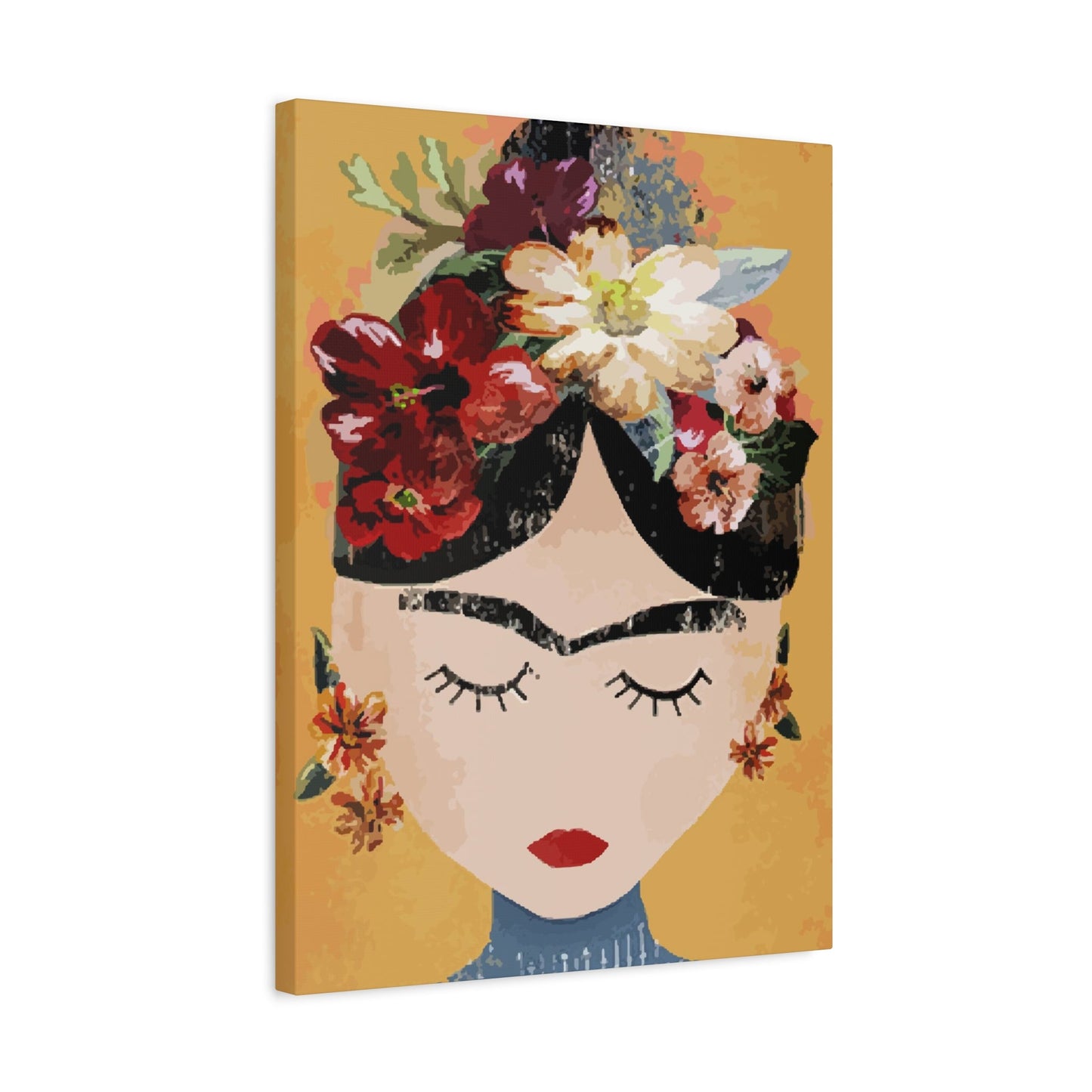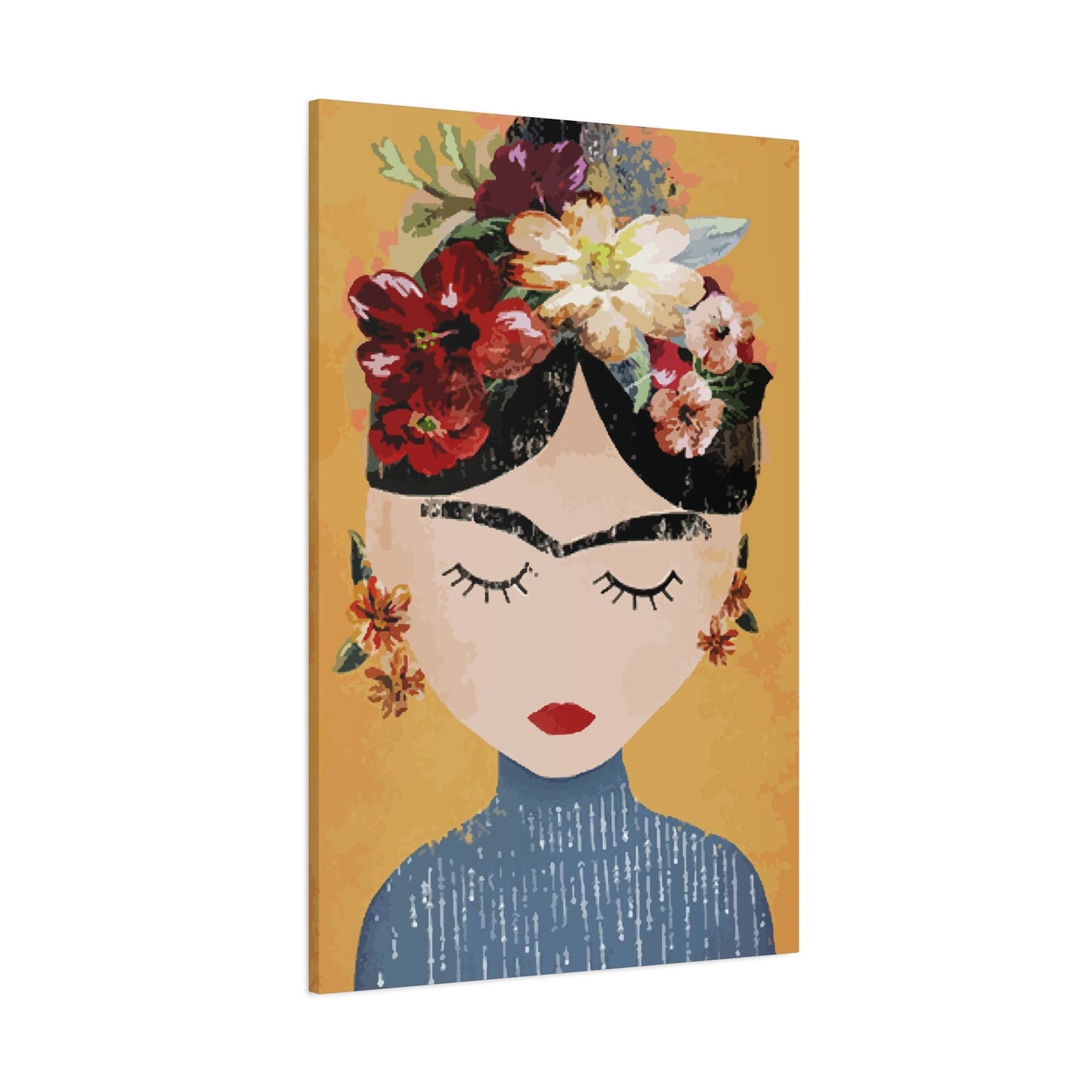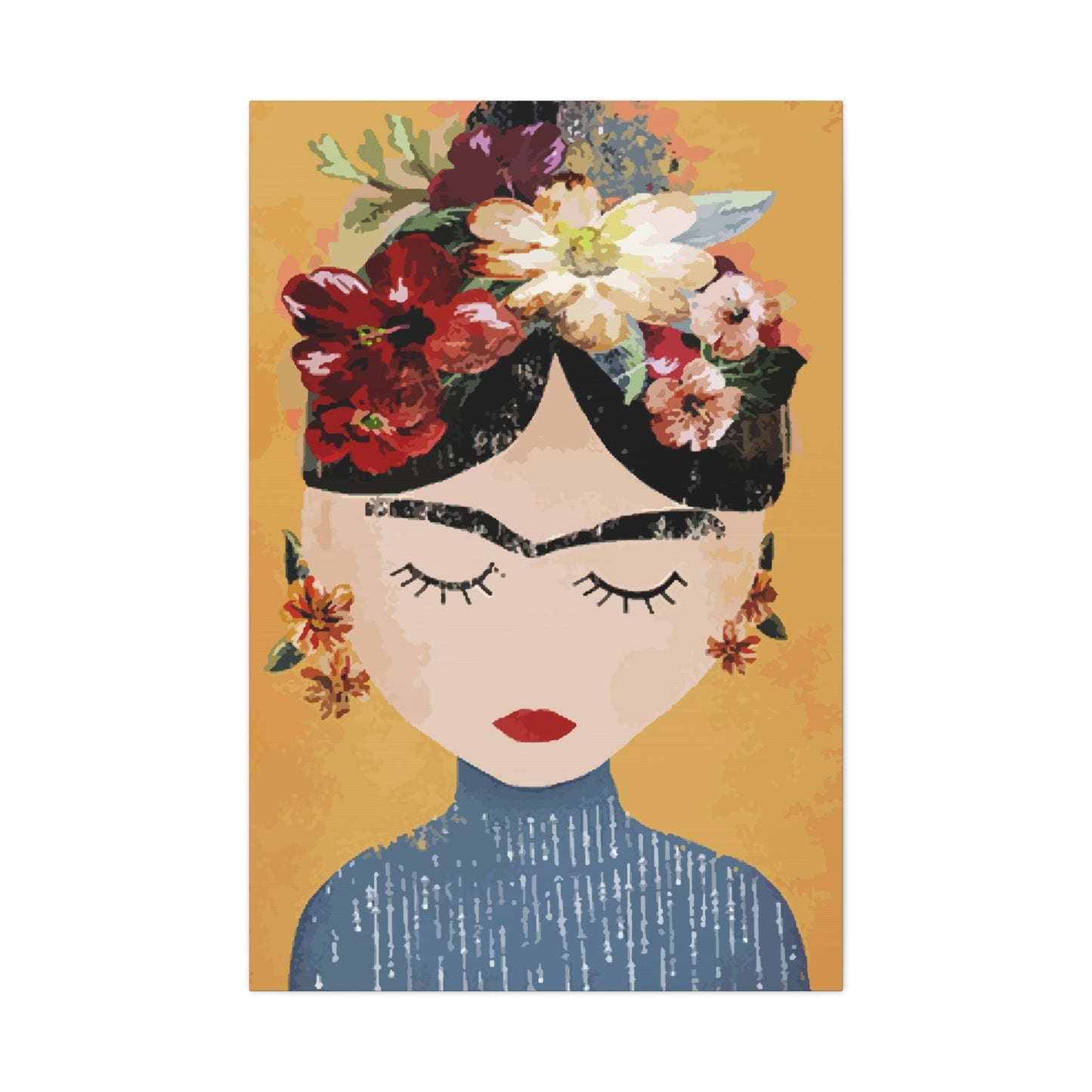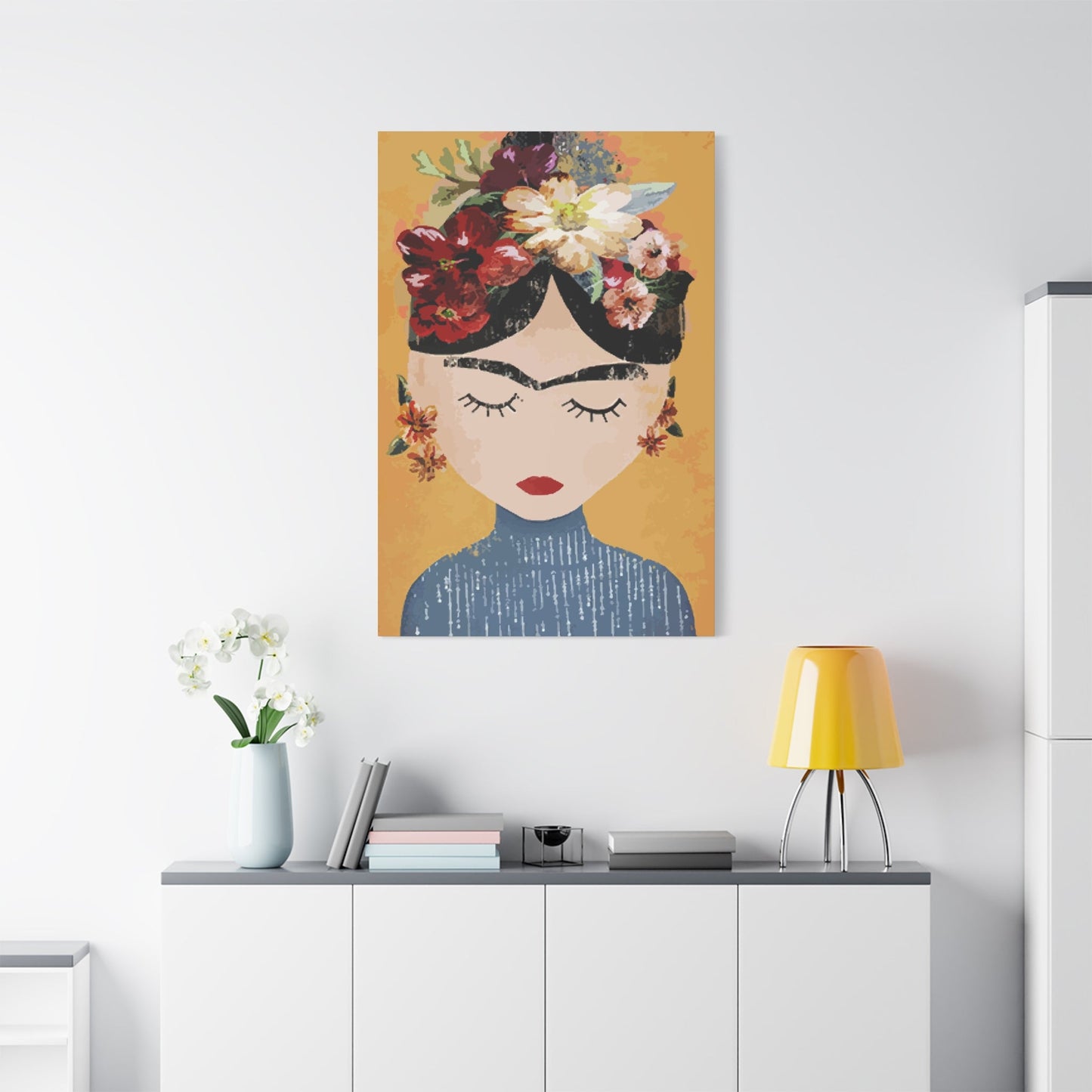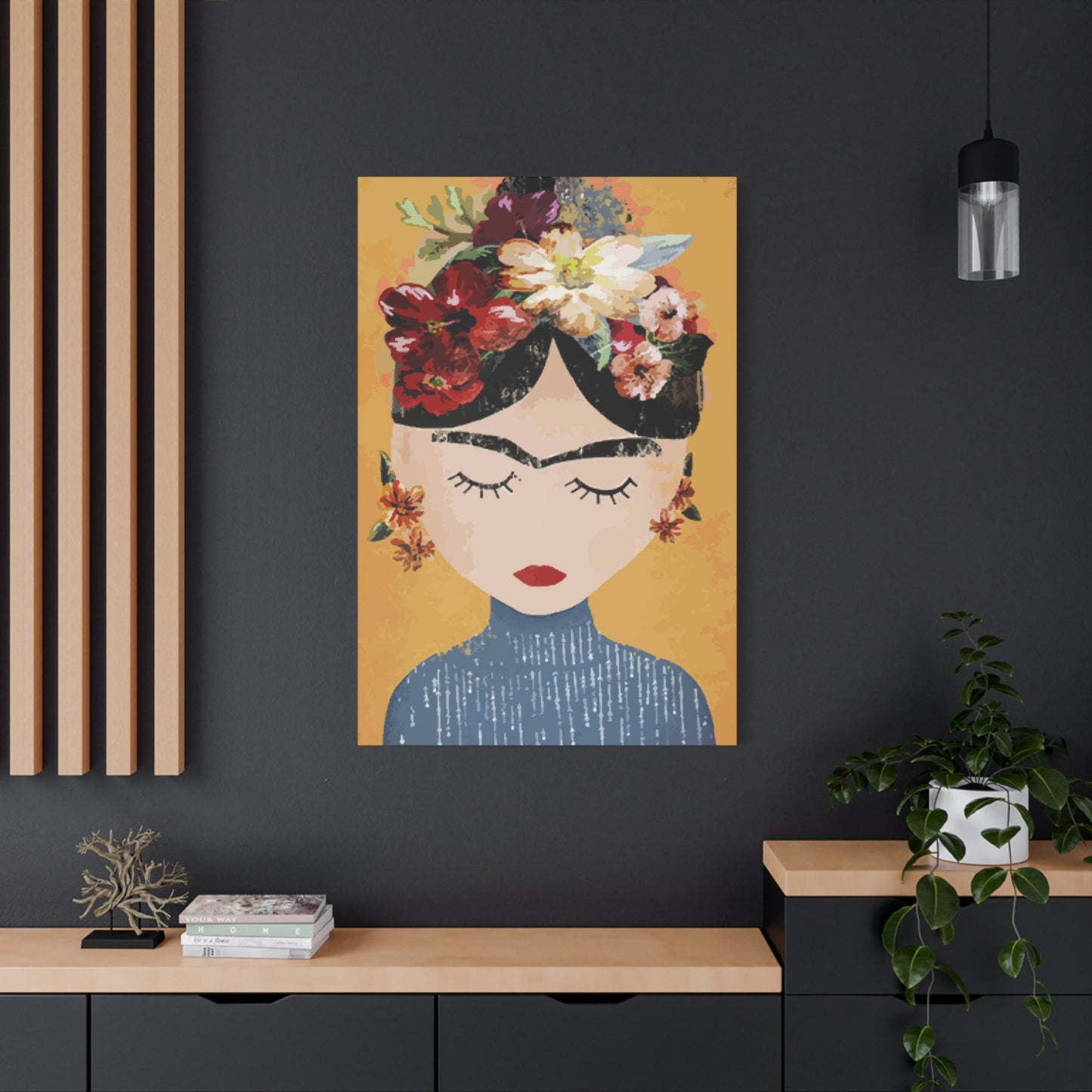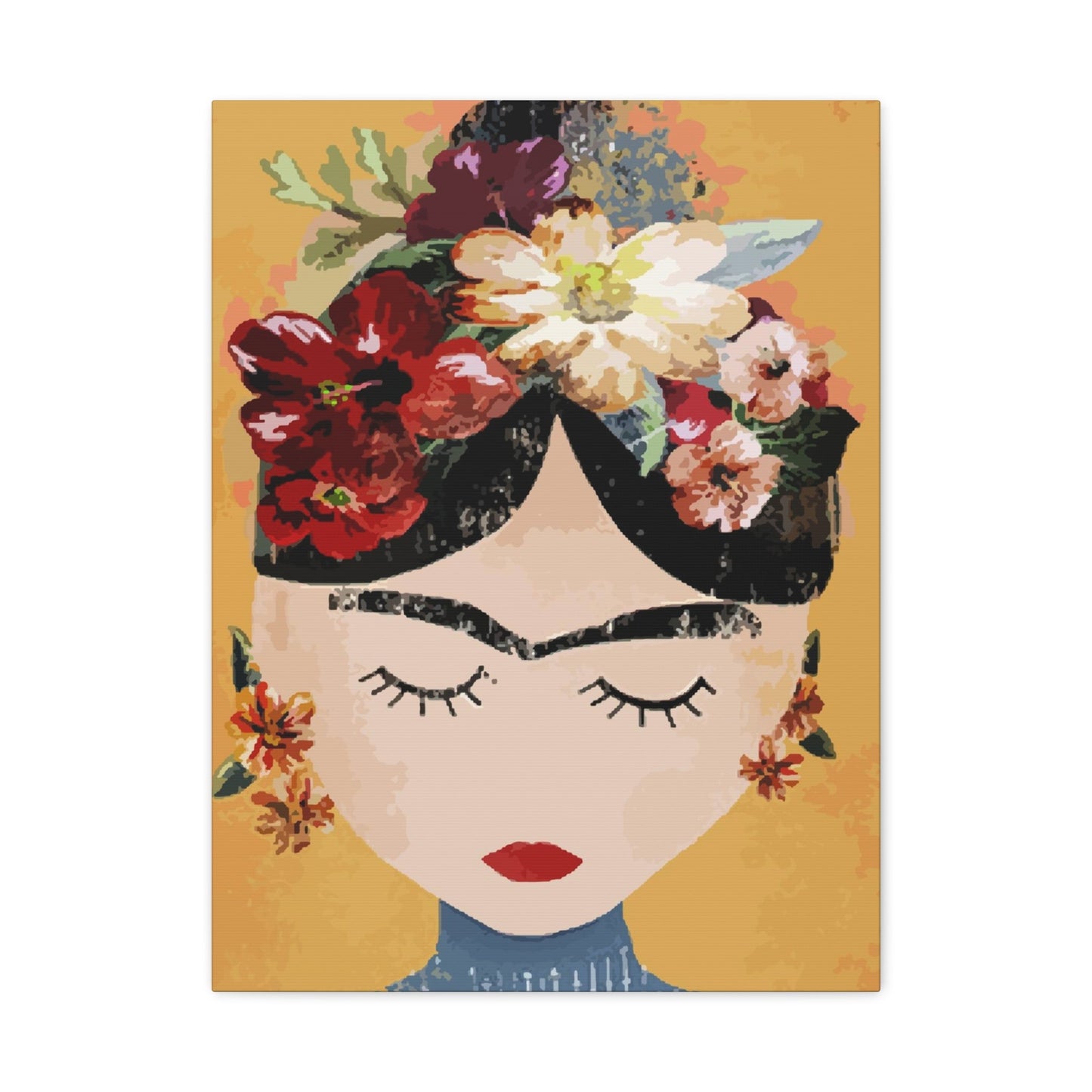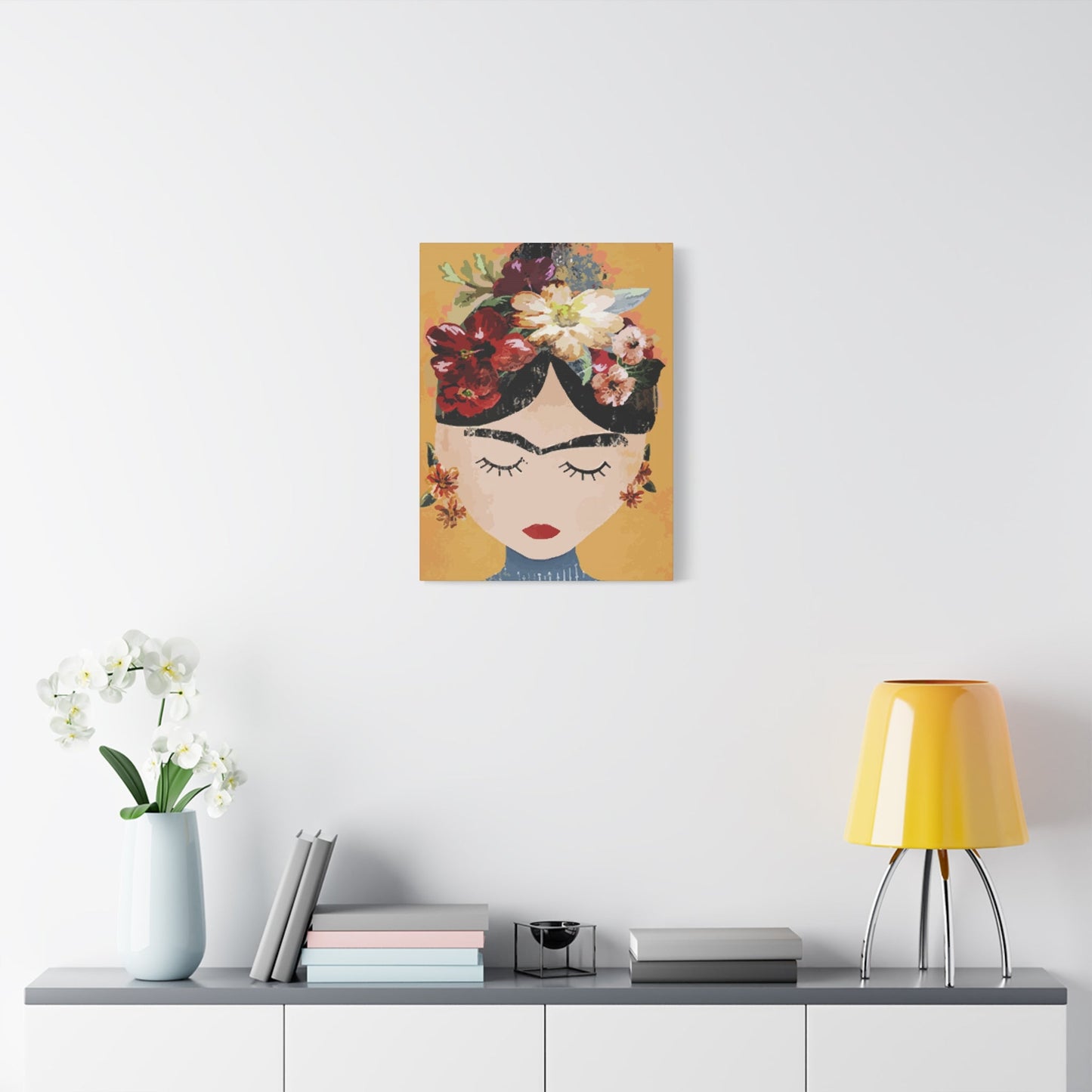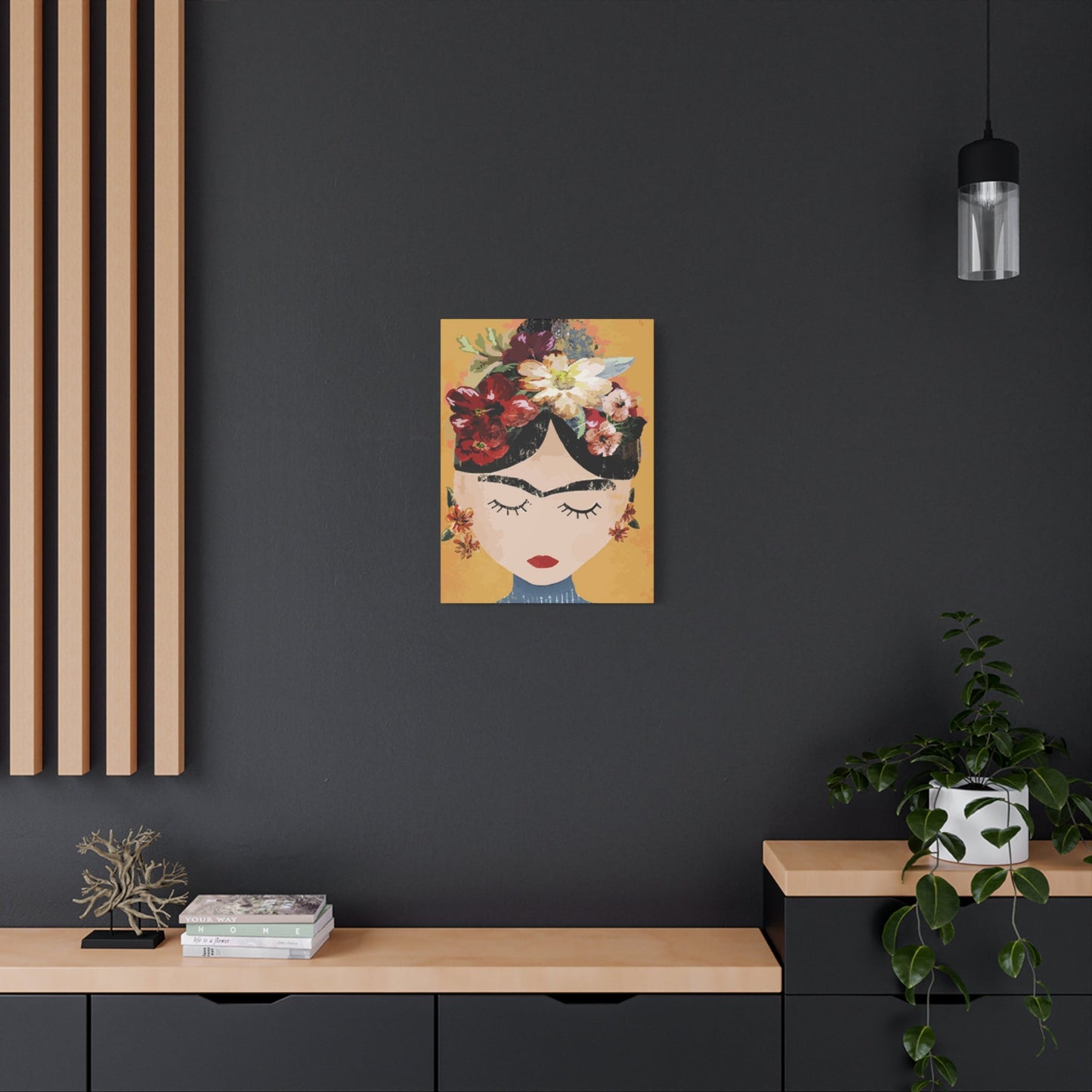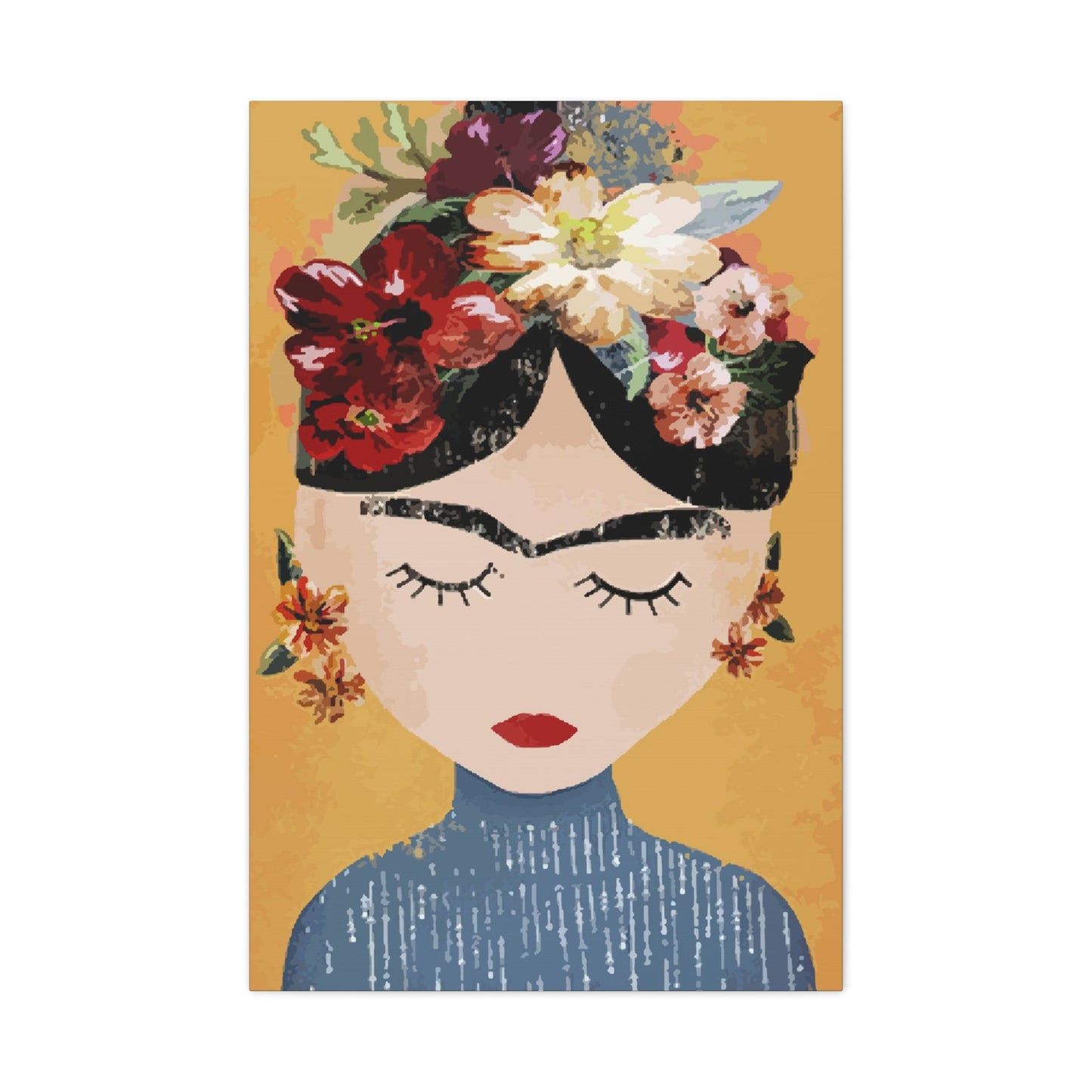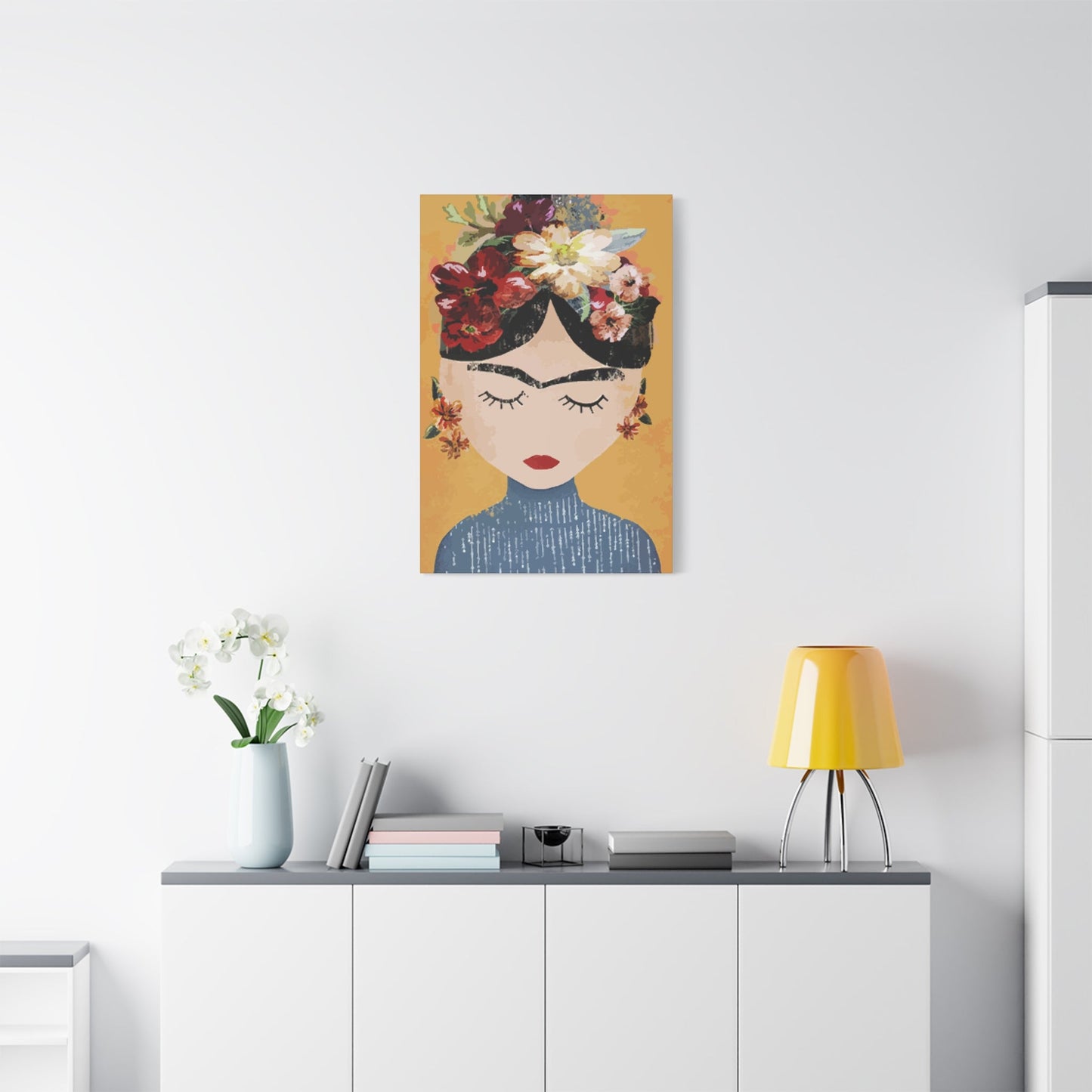Holistic Child Wall Art Solutions for Enhancing Educational Growth
Comprehensive educational approaches recognize that children develop best when their intellectual, emotional, social, and physical needs are addressed simultaneously. Art serves as a powerful vehicle for this holistic development, offering visual stimulation that speaks to multiple learning styles and developmental areas. When educational environments incorporate thoughtful artistic elements, they create atmospheres that naturally support comprehensive child development.
The concept of nurturing through artistic expression extends far beyond simple decoration. Educational wall art becomes a silent teacher, constantly communicating values, inspiring curiosity, and reinforcing positive messages about learning and growth. Children absorb information from their environment continuously, making the visual elements surrounding them crucial components of their educational experience.
Research demonstrates that children exposed to rich artistic environments show enhanced creativity, improved emotional regulation, and stronger academic performance across multiple subjects. The visual cortex connects directly to areas of the brain responsible for memory, emotion, and critical thinking, making artistic elements powerful tools for comprehensive educational support.
When selecting artistic elements for educational environments, consideration must be given to age-appropriate content, cultural sensitivity, and developmental needs. Art that nurtures recognizes the unique journey each child travels while providing universal messages of encouragement and support. This approach creates inclusive environments where every learner feels valued and understood.
The psychological impact of nurturing art extends to stress reduction and emotional well-being. Children facing academic challenges or personal difficulties often find comfort in visual representations of growth, perseverance, and success. These artistic elements serve as constant reminders that learning is a journey filled with possibilities and that every child has inherent worth and potential.
Inspiring Growth: Whole Child Education
Educational philosophies that embrace the whole child recognize that academic achievement represents just one facet of successful development. Growth-inspiring art addresses cognitive development, social skills, emotional intelligence, and physical well-being through carefully selected visual messages and imagery. This comprehensive approach acknowledges that children learn through multiple pathways and benefit from environments that support all aspects of their development.
Visual elements that inspire growth often incorporate natural imagery, progressive sequences, and positive affirmations that reinforce the learning process. These artistic choices communicate that growth is natural, continuous, and worthy of celebration. Children internalize these messages, developing positive associations with learning and personal development that extend far beyond the classroom.
The neuroscience of inspiration reveals that visual stimuli can trigger the release of neurotransmitters associated with motivation and well-being. When children encounter inspiring imagery regularly, their brains develop stronger neural pathways associated with positive thinking and goal-oriented behavior. This biological response supports the educational mission of fostering confident, capable learners.
Growth-inspiring art must evolve with the developmental needs of children. Elementary-aged learners respond to bright colors, simple messages, and recognizable imagery, while older students benefit from more sophisticated concepts and abstract representations. The key lies in matching the complexity and content of artistic elements to the cognitive and emotional development of the intended audience.
Successful implementation of growth-inspiring art requires careful consideration of placement, lighting, and integration with the broader educational environment. These elements should complement rather than compete with other educational materials, creating a cohesive atmosphere that supports learning objectives while inspiring personal growth and development.
Art That Celebrates Holistic Learning
Holistic learning approaches recognize that education encompasses far more than academic subjects, extending into character development, social skills, creative expression, and practical life skills. Artistic elements that celebrate this comprehensive approach to education help create environments where diverse forms of learning are valued equally and students understand that intelligence manifests in multiple ways.
The celebration of holistic learning through art begins with recognizing and representing diverse learning styles and intelligences. Visual learners, auditory processors, kinesthetic learners, and those with different cognitive strengths all deserve representation in educational environments. Art that celebrates holistic learning incorporates imagery and messages that validate these different approaches to understanding and processing information.
Cultural diversity plays a crucial role in holistic learning celebration. Educational environments serve students from various backgrounds, each bringing unique perspectives and learning traditions. Artistic elements that celebrate holistic learning embrace this diversity, incorporating multicultural imagery and universal symbols that speak to shared human experiences while honoring individual differences.
The integration of academic subjects with character development receives particular emphasis in holistic learning art. Visual elements might combine mathematical concepts with ethical principles, literary themes with social responsibility, or scientific discovery with environmental stewardship. This integration helps students understand that learning extends beyond subject boundaries and connects to real-world applications and personal values.
Seasonal and developmental celebrations provide opportunities to reinforce holistic learning principles throughout the academic year. Art that evolves with the curriculum and acknowledges student growth milestones maintains engagement while reinforcing the continuous nature of comprehensive education. These dynamic elements help create educational environments that feel alive and responsive to student needs.
Empowering Minds and Hearts
Educational empowerment requires addressing both intellectual development and emotional growth, recognizing that successful learning involves the integration of cognitive and affective domains. Art that empowers minds and hearts creates visual narratives that inspire critical thinking while fostering emotional intelligence and personal confidence.
The empowerment process begins with helping students see themselves as capable learners and valuable contributors to their communities. Visual elements that empower typically include diverse representations of success, images of perseverance through challenges, and celebrations of individual achievement. These artistic choices help students develop positive self-concepts and believe in their ability to overcome obstacles.
Emotional empowerment through art involves creating visual representations of healthy emotional expression and regulation. Educational environments benefit from artistic elements that model appropriate responses to frustration, celebration of achievements, and healthy ways to process complex emotions. These visual guides help students develop emotional vocabulary and coping strategies.
The intellectual empowerment aspect focuses on inspiring curiosity, critical thinking, and creative problem-solving. Art that empowers minds often incorporates imagery related to discovery, innovation, and intellectual exploration. Visual puzzles, thought-provoking questions, and representations of famous thinkers and inventors can stimulate cognitive engagement and inspire academic pursuit.
Community empowerment represents another crucial element, helping students understand their potential to make positive contributions to their schools, families, and broader communities. Artistic elements that celebrate service, collaboration, and civic responsibility help students see themselves as active participants in creating positive change rather than passive recipients of education.
Whole Child, Whole Success
Success in education must encompass more than academic achievement, extending to social competence, emotional well-being, physical health, and character development. Art that promotes whole child success creates visual representations of these multifaceted achievements while inspiring students to pursue excellence in all areas of their lives.
The definition of success expands significantly when viewed through a whole child lens. Traditional academic metrics represent important components but fail to capture the full spectrum of human development and potential. Visual elements that promote whole child success help students understand that achievement takes many forms and that every individual has unique strengths and contributions to offer.
Social success receives equal emphasis with academic achievement in comprehensive educational approaches. Art that promotes whole child success includes imagery celebrating collaboration, friendship, empathy, and community involvement. These visual elements help students understand that success includes the ability to work effectively with others and contribute positively to group endeavors.
Emotional success encompasses self-awareness, emotional regulation, resilience, and the ability to maintain positive relationships. Artistic elements that support emotional success might include visual representations of mindfulness, conflict resolution, and healthy emotional expression. These images serve as constant reminders of the importance of emotional intelligence in overall success.
Physical and mental health success recognizes that learning requires healthy bodies and minds. Art promoting whole child success often incorporates imagery related to nutrition, exercise, rest, and stress management. These visual elements help students understand the connection between physical well-being and academic performance while promoting lifelong healthy habits.
Wall Art for Balanced Education
Balanced educational approaches seek to address all aspects of child development while maintaining appropriate emphasis on academic achievement. Wall art that supports balanced education creates visual environments that reinforce this comprehensive approach while inspiring students to pursue excellence across multiple domains of learning and growth.
The concept of educational balance requires careful attention to the various elements that contribute to successful child development. Academic subjects, while important, represent just one component of a comprehensive educational experience. Wall art that supports balanced education helps create environments where creative expression, physical development, social skills, and character formation receive appropriate attention and validation.
Visual balance in educational environments involves careful consideration of color, imagery, and message distribution. Spaces that feel overwhelming or chaotic can interfere with learning, while environments that appear sterile or uninspiring may fail to engage student interest. Balanced wall art creates visually appealing environments that stimulate without overwhelming and inspire without distracting.
The integration of various educational philosophies and approaches benefits from balanced artistic representation. Wall art might incorporate elements from different pedagogical traditions, cultural perspectives, and learning theories while maintaining coherent visual themes. This balanced approach helps create inclusive environments that honor diverse educational approaches while maintaining focus on student success.
Seasonal and developmental balance ensures that wall art remains relevant and engaging throughout the academic year. Educational environments benefit from artistic elements that evolve with curriculum changes, student growth, and seasonal transitions while maintaining consistent messages about the importance of balanced development and comprehensive education.
Fostering Creativity and Character
Educational environments that prioritize both creative development and character formation recognize that these elements work synergistically to produce well-rounded, capable individuals. Art that fosters creativity and character creates visual narratives that inspire innovative thinking while reinforcing important values and ethical principles.
Creative development thrives in environments that celebrate original thinking, artistic expression, and innovative problem-solving. Wall art that fosters creativity often incorporates imagery related to artistic processes, scientific discovery, and creative problem-solving. Visual elements might include representations of famous artists, inventors, and innovators alongside inspirational messages about the creative process and the value of original thinking.
Character development requires consistent reinforcement of positive values and ethical principles throughout the educational experience. Artistic elements that foster character typically incorporate imagery and messages related to honesty, kindness, perseverance, respect, and responsibility. These visual reminders help students internalize important values while providing guidance for ethical decision-making.
The intersection of creativity and character produces individuals who can think innovatively while maintaining strong ethical foundations. Wall art that addresses both domains helps students understand that creative pursuits should be guided by positive values and that character development enhances rather than restricts creative expression.
Community engagement provides opportunities to apply both creativity and character in meaningful ways. Artistic elements that celebrate community service, collaborative projects, and positive citizenship help students see connections between their educational experiences and real-world applications of creativity and character.
Education Beyond the Classroom
Contemporary educational understanding recognizes that learning extends far beyond traditional classroom boundaries, encompassing home environments, community experiences, and informal learning opportunities. Art that celebrates education beyond the classroom helps students understand that learning is a lifelong process that occurs in multiple settings and through diverse experiences.
The expansion of educational thinking beyond classroom walls acknowledges that children learn continuously through interactions with family members, community leaders, peers, and various environmental influences. Wall art that celebrates this broader educational perspective helps students recognize and value these diverse learning opportunities while understanding their role as active participants in their own education.
Family and community partnerships play crucial roles in comprehensive educational approaches. Artistic elements that celebrate these partnerships help students understand the importance of home-school collaboration while honoring the contributions of family members and community leaders to the educational process. This recognition helps create stronger connections between formal and informal learning experiences.
Experiential learning opportunities provide powerful educational experiences that extend classroom concepts into real-world applications. Wall art that celebrates education beyond the classroom often incorporates imagery related to field trips, community service projects, internships, and other hands-on learning experiences. These visual elements help students understand the connections between classroom learning and practical applications.
Technology integration has expanded educational opportunities beyond traditional classroom boundaries while creating new challenges and possibilities. Artistic elements that address technology in education help students understand appropriate uses of digital tools while maintaining focus on fundamental educational values and human connections.
Art to Support Emotional Growth
Emotional development represents a critical component of comprehensive child development, affecting academic performance, social relationships, and overall well-being. Art that supports emotional growth creates visual environments that promote emotional awareness, regulation, and healthy expression while providing comfort and inspiration during challenging times.
Emotional awareness begins with helping children recognize and name their feelings while understanding the connection between emotions and behavior. Wall art that supports emotional growth often incorporates visual representations of different emotions, facial expressions, and situations that might trigger various emotional responses. These artistic elements serve as constant reminders of the importance of emotional awareness and provide visual vocabulary for emotional expression.
Emotional regulation skills develop through practice and guidance, benefiting from environmental supports that reinforce healthy coping strategies. Artistic elements might include visual representations of deep breathing techniques, mindfulness practices, positive self-talk, and other emotional regulation strategies. These visual guides help students remember and apply emotional regulation skills when faced with challenging situations.
The expression of emotions in healthy ways requires both vocabulary and acceptable outlets for emotional release. Wall art that supports emotional growth often includes imagery related to creative expression, physical activity, and communication strategies that help children process and express their emotions constructively. These visual elements help students understand that all emotions are valid while providing guidance for appropriate expression.
Empathy development benefits from visual representations of diverse perspectives and experiences. Artistic elements that support emotional growth often include multicultural imagery, representations of different abilities and challenges, and situations that require perspective-taking and compassionate responses. These visual elements help students develop understanding and empathy for others while building their own emotional intelligence.
Building Confident, Caring Kids
The development of confidence and compassion represents fundamental goals of comprehensive child development, requiring intentional efforts to foster both self-esteem and concern for others. Art that builds confident, caring kids creates visual narratives that celebrate individual achievements while emphasizing the importance of kindness and community support.
Confidence building requires helping children recognize their own strengths, accomplishments, and potential for growth. Wall art that builds confidence often incorporates imagery related to personal achievement, goal-setting, and overcoming challenges. Visual elements might include representations of diverse forms of success, inspirational quotes about perseverance, and celebrations of individual uniqueness and potential.
The development of caring attitudes requires exposure to concepts of empathy, service, and community responsibility. Artistic elements that promote caring typically include imagery related to helping others, environmental stewardship, and acts of kindness. These visual representations help students understand their capacity to make positive differences in the lives of others while building their own sense of purpose and meaning.
The balance between confidence and caring requires careful attention to messages about individual achievement and community responsibility. Wall art that successfully builds both qualities helps students understand that personal success is enhanced by contributions to others and that caring for others builds personal satisfaction and confidence.
Leadership development emerges naturally when confidence and caring are combined with opportunities for positive influence. Artistic elements that promote leadership often include imagery related to positive role models, collaborative problem-solving, and service leadership. These visual elements help students see themselves as potential leaders while understanding that effective leadership requires both personal competence and concern for others.
Visual Inspiration for Whole Child Care
Comprehensive child care approaches recognize that children thrive when their intellectual, emotional, social, and physical needs receive appropriate attention and support. Visual inspiration for whole child care creates environments that communicate care, support, and high expectations while providing constant reminders of each child's inherent worth and potential.
The visual communication of care begins with artistic choices that convey warmth, acceptance, and support. Colors, imagery, and messages work together to create environments that feel welcoming and nurturing while maintaining appropriate expectations for growth and achievement. Visual elements that inspire whole child care help create atmospheres where children feel safe to take risks, make mistakes, and pursue growth.
Individualized recognition within group settings requires visual elements that celebrate both individual uniqueness and community belonging. Wall art that provides visual inspiration for whole child care often incorporates imagery that honors diverse backgrounds, learning styles, and developmental needs while maintaining unified messages about shared values and goals.
The integration of care and challenge creates environments that support children while maintaining appropriate expectations for growth and achievement. Visual elements that inspire whole child care help students understand that caring adults provide both support and challenges because they believe in each child's potential for growth and success.
Professional development and parent education benefit from visual elements that communicate whole child care principles to adults who work with children. Artistic elements in adult areas might include research-based information about child development, reminders about best practices, and inspirational messages about the importance of comprehensive child care approaches.
Encouraging Curiosity and Compassion
The development of both curiosity and compassion represents essential goals of comprehensive education, creating individuals who are both eager to learn and concerned about others. Art that encourages curiosity and compassion creates visual narratives that celebrate discovery and exploration while emphasizing the importance of understanding and caring for others.
Curiosity development thrives in environments that celebrate questions, exploration, and discovery. Wall art that encourages curiosity often incorporates imagery related to scientific investigation, historical exploration, literary discovery, and artistic creation. Visual elements might include representations of famous explorers, scientists, and artists alongside inspirational messages about the joy of learning and discovery.
The cultivation of compassion requires exposure to diverse perspectives and experiences while developing understanding of others' needs and feelings. Artistic elements that encourage compassion typically include multicultural imagery, representations of service and caring, and situations that demonstrate empathy and understanding. These visual elements help students develop concern for others while building their own emotional intelligence.
The intersection of curiosity and compassion creates individuals who seek to understand others while remaining open to new experiences and perspectives. Wall art that successfully encourages both qualities helps students understand that learning about others enhances their own understanding while building connections across differences.
Global citizenship emerges when curiosity and compassion are combined with understanding of world interconnectedness. Artistic elements that promote global citizenship often include imagery related to different cultures, environmental concerns, and international cooperation. These visual elements help students see themselves as members of a global community with both opportunities and responsibilities.
Learning with Heart and Mind
Comprehensive educational approaches recognize that effective learning engages both cognitive and affective domains, creating experiences that stimulate intellectual growth while addressing emotional and social development. Art that promotes learning with heart and mind creates visual environments that celebrate both academic achievement and personal growth.
The integration of intellectual and emotional learning requires careful attention to the ways these domains interact and support each other. Wall art that promotes learning with heart and mind often incorporates imagery that demonstrates the connection between thinking and feeling, academic subjects and personal values, and individual achievement and community contribution.
Emotional intelligence development receives equal emphasis with cognitive development in comprehensive educational approaches. Artistic elements might include visual representations of emotional awareness, empathy, and social skills alongside traditional academic subjects. These visual elements help students understand that success requires both intellectual capability and emotional competence.
The celebration of diverse forms of intelligence acknowledges that students demonstrate capability in multiple ways and through various channels. Wall art that promotes learning with heart and mind often includes imagery related to different learning styles, multiple intelligences, and various forms of creative expression. These visual elements help students recognize and value their own unique strengths while appreciating the capabilities of others.
Character integration with academic learning helps students understand that education serves purposes beyond individual achievement, extending to character development and community contribution. Artistic elements might combine academic symbols with character values, demonstrating the connection between learning and personal growth.
Art That Honors Every Learner
Inclusive educational environments recognize and celebrate the unique strengths, challenges, and contributions of every student while maintaining high expectations for growth and achievement. Art that honors every learner creates visual narratives that validate diverse backgrounds, learning styles, and developmental needs while communicating universal messages of worth and potential.
The recognition of learning differences begins with understanding that students process information through various channels and at different rates. Wall art that honors every learner often incorporates imagery related to different learning styles, sensory preferences, and cognitive approaches. Visual elements might include representations of visual, auditory, and kinesthetic learning alongside messages about the value of diverse approaches to understanding.
Cultural diversity enriches educational environments while requiring thoughtful attention to inclusive representation and messaging. Artistic elements that honor every learner typically include multicultural imagery, diverse family structures, and various cultural celebrations while maintaining focus on shared human experiences and values.
Ability diversity requires visual recognition that students bring different physical, cognitive, and emotional capabilities to the learning environment. Wall art that honors every learner often includes positive representations of different abilities, adaptive technologies, and inclusive activities while focusing on potential rather than limitations.
Economic diversity affects student experiences and requires sensitive attention to imagery and messaging that validates all backgrounds while avoiding stereotypes or assumptions. Artistic elements that honor every learner include diverse representations of families, homes, and experiences while emphasizing shared values and potential for growth.
Cultivating Skills for Life
Contemporary education recognizes the importance of developing skills that extend beyond academic subjects to include critical thinking, creativity, collaboration, and communication capabilities essential for lifelong success. Art that cultivates skills for life creates visual environments that inspire and support the development of these comprehensive competencies.
Critical thinking development requires environments that encourage questioning, analysis, and evaluation of information and ideas. Wall art that cultivates life skills often incorporates imagery related to problem-solving processes, scientific thinking, and analytical approaches alongside inspirational messages about the importance of thoughtful decision-making.
Creative thinking skills benefit from visual representations of innovation, artistic expression, and original problem-solving approaches. Artistic elements might include imagery related to invention, artistic creation, and creative problem-solving while emphasizing the value of original thinking and innovative approaches to challenges.
Collaboration skills development requires understanding of teamwork, communication, and shared responsibility. Wall art that cultivates life skills often includes imagery related to group projects, team sports, and community service while emphasizing the importance of working effectively with others and contributing to group success.
Communication skills encompass both verbal and non-verbal expression, including written communication, public speaking, and interpersonal interaction. Artistic elements that support communication development might include imagery related to different forms of expression, multicultural communication, and effective listening skills.
Whole Child Education on Display
Educational environments that embrace whole child approaches benefit from visual displays that communicate these values while inspiring students, teachers, and families to embrace comprehensive development goals. Art that puts whole child education on display creates cohesive visual narratives that celebrate all aspects of child development while maintaining focus on individual growth and community contribution.
Academic achievement receives appropriate recognition within the broader context of comprehensive development. Wall art that displays whole child education often incorporates imagery related to various academic subjects while connecting these areas to character development, social skills, and practical applications. Visual elements help students understand that academic success serves broader purposes than individual achievement.
Social and emotional learning receives equal emphasis with cognitive development in comprehensive educational displays. Artistic elements might include representations of friendship, empathy, emotional regulation, and social responsibility alongside traditional academic subjects. These visual displays help students understand that success requires both intellectual capability and social-emotional competence.
Physical and mental health receive recognition as essential components of educational success. Wall art that displays whole child education often includes imagery related to nutrition, exercise, rest, and stress management while connecting these areas to academic performance and overall well-being.
Character development appears integrated with all other aspects of education rather than as a separate curriculum area. Artistic elements demonstrate the connection between personal values and academic achievement, social relationships and individual success, and community contribution and personal growth.
Wall Decor That Motivates Growth
Motivational environments inspire students to pursue growth and achievement while providing support during challenging times and celebration during moments of success. Wall decor that motivates growth creates visual narratives that encourage persistence, celebrate progress, and inspire continued effort toward personal and academic goals.
Goal-setting imagery helps students develop planning skills while maintaining focus on both short-term and long-term objectives. Wall decor that motivates growth often incorporates visual representations of goal-setting processes, achievement celebrations, and progress tracking alongside inspirational messages about the importance of direction and purpose in learning.
Progress celebration acknowledges that growth occurs through incremental steps rather than sudden breakthroughs. Artistic elements might include imagery related to stages of development, milestone achievements, and continuous improvement while emphasizing that every step forward represents meaningful progress toward larger goals.
Perseverance through challenges receives special emphasis in motivational environments that recognize learning involves setbacks and difficulties. Wall decor that motivates growth often includes imagery related to overcoming obstacles, learning from mistakes, and maintaining effort through difficult times while providing inspiration for continued persistence.
Success celebration encompasses various forms of achievement while maintaining focus on both individual accomplishments and contributions to others. Artistic elements that motivate growth include diverse representations of success, achievement recognition, and positive outcomes while helping students understand that success includes both personal satisfaction and positive impact on others.
Supporting Academic and Emotional Health
Comprehensive educational approaches recognize the interconnection between academic performance and emotional well-being, understanding that students achieve best when both domains receive appropriate attention and support. Art that supports academic and emotional health creates visual environments that promote both intellectual engagement and emotional stability.
The connection between emotional well-being and academic performance receives recognition through visual elements that demonstrate these relationships. Wall art that supports academic and emotional health often incorporates imagery that shows the connection between positive emotions and learning success, stress management and academic performance, and social relationships and educational achievement.
Stress management skills receive visual support through artistic elements that model healthy coping strategies and emotional regulation techniques. Visual elements might include representations of deep breathing, mindfulness practices, physical exercise, and social support while providing constant reminders of healthy approaches to academic pressure and personal challenges.
Social support systems receive recognition through imagery that celebrates friendship, mentoring relationships, and community connections. Wall art that supports academic and emotional health often includes representations of peer support, teacher guidance, and family involvement while emphasizing the importance of positive relationships in both academic and personal success.
Mental health awareness receives appropriate attention through visual elements that normalize help-seeking behaviors and promote understanding of mental health as an important component of overall well-being. Artistic elements might include imagery related to counseling services, stress reduction techniques, and positive mental health practices while reducing stigma around mental health concerns.
Inspire, Educate, Empower
Educational environments that successfully inspire, educate, and empower students create comprehensive experiences that address motivation, learning, and personal agency. Art that achieves these three objectives creates visual narratives that spark interest, support learning processes, and help students see themselves as capable agents of positive change.
Inspiration through visual elements begins with creating environments that spark curiosity, wonder, and excitement about learning opportunities. Wall art that inspires often incorporates imagery related to discovery, exploration, and achievement while maintaining messages that help students see possibilities for their own growth and contribution.
Educational support through artistic elements requires alignment with curriculum objectives while extending learning beyond traditional subject boundaries. Visual elements that educate might include representations of various academic disciplines, cross-curricular connections, and real-world applications while helping students understand the relevance and importance of their educational experiences.
Empowerment through wall art involves helping students see themselves as capable individuals with agency and potential for positive impact. Artistic elements that empower often include imagery related to leadership, service, innovation, and positive change while providing inspiration for students to take active roles in their own learning and community contribution.
The integration of inspiration, education, and empowerment creates comprehensive educational experiences that address both immediate learning needs and long-term development goals. Wall art that successfully achieves all three objectives helps create environments where students feel motivated to learn, supported in their educational journey, and confident in their ability to make positive contributions.
Art for Holistic Development
Holistic development approaches recognize that children grow and learn through interconnected processes that affect cognitive, emotional, social, and physical domains simultaneously. Art that supports holistic development creates visual environments that address all aspects of child growth while maintaining recognition of individual uniqueness and developmental timing.
Cognitive development receives support through visual elements that stimulate thinking, creativity, and problem-solving while providing intellectual challenges appropriate for different developmental levels. Wall art that supports holistic development often incorporates imagery related to various thinking processes, learning strategies, and intellectual exploration while maintaining messages that celebrate mental growth and achievement.
Emotional development benefits from artistic elements that model emotional awareness, regulation, and expression while providing comfort and support during challenging times. Visual elements might include representations of different emotions, healthy coping strategies, and emotional support systems while helping students develop emotional intelligence and resilience.
Social development receives emphasis through imagery that celebrates relationships, cooperation, and community involvement while teaching important social skills and values. Wall art that supports holistic development often includes representations of friendship, teamwork, cultural diversity, and civic responsibility while helping students understand their roles as community members.
Physical development recognition acknowledges that learning requires healthy bodies and that physical activity contributes to overall well-being and academic success. Artistic elements might include imagery related to nutrition, exercise, rest, and physical safety while connecting physical health to learning success and personal satisfaction.
Balanced Learning, Beautiful Walls
Educational environments that achieve both pedagogical effectiveness and aesthetic appeal create experiences that support learning while inspiring through visual beauty and harmony. Art that creates balanced learning through beautiful walls demonstrates that educational environments can be both functional and visually appealing while supporting comprehensive educational goals.
Visual balance in educational environments requires careful attention to color harmony, compositional principles, and message coherence while maintaining focus on educational objectives. Wall art that creates balanced learning often incorporates artistic principles of design alongside educational content while creating environments that feel both inspiring and calming.
Educational effectiveness receives support through visual elements that align with curriculum objectives while extending learning beyond traditional classroom boundaries. Beautiful walls that support balanced learning include imagery and messages that reinforce educational concepts while providing inspiration and motivation for continued learning and growth.
Aesthetic appreciation develops when students experience environments that demonstrate principles of beauty, harmony, and creative expression. Wall art that creates beautiful educational environments helps students develop visual literacy and aesthetic appreciation while understanding that beauty and functionality can coexist in educational settings.
Environmental psychology principles guide the creation of educational environments that support both learning and well-being through careful attention to visual elements, color choices, and spatial organization. Beautiful walls that support balanced learning create atmospheres that reduce stress while increasing engagement and motivation for learning.
Celebrate Every Child's Journey
Individual recognition within group educational settings requires visual elements that honor unique developmental paths while maintaining focus on shared values and community belonging. Art that celebrates every child's journey creates environments that validate individual differences while inspiring continued growth and achievement for all students.
Developmental diversity receives recognition through visual elements that acknowledge different rates and styles of growth while maintaining positive expectations for all students. Wall art that celebrates every child's journey often incorporates imagery related to different developmental stages, learning approaches, and achievement milestones while emphasizing that every child has unique strengths and potential.
Personal achievement celebration encompasses various forms of success and progress while helping students understand that achievement takes many forms and occurs at different times for different individuals. Artistic elements might include representations of diverse accomplishments, goal achievement, and personal growth while maintaining focus on individual progress rather than comparative achievement.
Cultural journey recognition acknowledges that students bring diverse backgrounds and experiences to educational environments while contributing to the richness of the learning community. Wall art that celebrates every child's journey often includes multicultural imagery, diverse family structures, and various cultural celebrations while maintaining focus on shared human experiences and educational goals.
Future potential emphasis helps students see their current educational experiences as preparation for continued growth and contribution throughout their lives. Artistic elements that celebrate every child's journey include imagery related to future possibilities, career exploration, and lifelong learning while inspiring students to see their current efforts as investments in their future success and happiness.
Art That Reflects Whole Child Values
Educational environments that embrace whole child approaches require visual elements that consistently communicate and reinforce the values underlying comprehensive educational philosophy. Art that reflects whole child values creates cohesive environments where every visual element supports the mission of addressing all aspects of child development and well-being.
Value integration appears throughout educational environments rather than being confined to specific areas or subjects. Wall art that reflects whole child values demonstrates connections between academic learning and character development, individual achievement and community contribution, and personal growth and social responsibility while maintaining coherent visual themes and messages.
Inclusivity values receive expression through visual elements that welcome and validate all students while celebrating diversity and promoting understanding across differences. Artistic elements that reflect whole child values often include multicultural imagery, diverse ability representations, and various family structures while maintaining focus on shared humanity and common educational goals.
Growth mindset values appear through imagery and messages that emphasize learning processes over fixed abilities, effort over innate talent, and progress over perfection. Wall art that reflects whole child values often incorporates representations of learning from mistakes, celebrating effort, and embracing challenges while helping students develop positive attitudes toward learning and growth.
Community values receive emphasis through visual elements that celebrate collaboration, service, and positive citizenship while helping students understand their responsibilities and opportunities as community members. Artistic elements that reflect whole child values include imagery related to helping others, environmental stewardship, and civic engagement while inspiring students to see themselves as positive contributors to their communities.
Encourage, Support, Celebrate Kids
Comprehensive educational environments require visual elements that provide encouragement during challenges, support during learning processes, and celebration during achievements while maintaining focus on both individual growth and community contribution. Art that encourages, supports, and celebrates kids creates atmospheres where students feel valued and motivated to pursue their best efforts.
Encouragement through visual elements helps students maintain motivation and persistence during difficult learning tasks or personal challenges. Wall art that encourages often incorporates imagery related to overcoming obstacles, learning from setbacks, and maintaining effort through difficulties while providing inspirational messages about the importance of persistence and resilience.
Support systems receive visual recognition through artistic elements that celebrate the various people and resources available to help students succeed. Visual elements that provide support might include representations of teachers, family members, peers, and community leaders alongside messages about the importance of seeking help and accepting assistance when needed.
Celebration of achievement encompasses various forms of success while maintaining focus on both individual accomplishments and contributions to others. Wall art that celebrates kids often includes imagery related to academic achievement, personal growth, social contribution, and creative expression while helping students understand that success takes many forms and deserves recognition.
Recognition of effort receives equal emphasis with achievement recognition, helping students understand that their attempts and improvements are valuable regardless of outcomes. Artistic elements that encourage, support, and celebrate kids include imagery related to trying new things, working hard, and making progress while maintaining focus on the process of learning and growth.
Wall Art for Lifelong Learning
Educational environments that promote lifelong learning help students understand that education extends beyond formal schooling to encompass continuous growth and development throughout life. Art that supports lifelong learning creates visual narratives that inspire curiosity, celebrate learning opportunities, and help students see themselves as continuous learners capable of growth and adaptation.
Learning as a continuous process receives emphasis through visual elements that demonstrate connections between current educational experiences and future learning opportunities. Wall art that supports lifelong learning often incorporates imagery related to adult learning, professional development, and personal growth while helping students understand that learning never ends and that their current efforts prepare them for continued success.
Curiosity cultivation through artistic elements helps students maintain interest in discovery and exploration beyond formal educational requirements. Visual elements that support lifelong learning might include representations of questioning, investigating, and exploring alongside inspirational messages about the joy and satisfaction that come from continued learning and discovery.
Adaptability and flexibility receive recognition through imagery that celebrates change, growth, and new challenges while helping students develop positive attitudes toward the unknown and unfamiliar. Wall art that supports lifelong learning often includes representations of innovation, adaptation, and resilience while inspiring students to embrace change as an opportunity for growth.
Self-directed learning skills receive visual support through artistic elements that model planning, goal-setting, and self-evaluation while helping students develop the capabilities necessary for independent learning throughout their lives. Visual elements that support lifelong learning include imagery related to personal responsibility, time management, and learning strategies while inspiring students to take ownership of their educational journey.
Conclusion
The comprehensive exploration of wall art for whole child educational development reveals the profound impact that thoughtful visual environments can have on student growth, learning, and well-being. Educational settings that embrace artistic elements designed to support the whole child create atmospheres where students thrive intellectually, emotionally, socially, and physically while developing the skills and attitudes necessary for lifelong success and happiness.
The journey through various aspects of whole child wall art demonstrates that effective educational environments require more than academic instruction alone. Visual elements that nurture every child through art, inspire growth through holistic education approaches, and celebrate comprehensive learning create foundations for student success that extend far beyond traditional academic measures. These artistic elements serve as silent teachers, constantly communicating values, inspiring curiosity, and reinforcing positive messages about learning and personal development.
The integration of creativity and character development through wall art represents a particularly powerful approach to comprehensive education. When educational environments celebrate both innovative thinking and ethical behavior, students develop capabilities that serve them throughout their lives while contributing positively to their communities. This balance between creative expression and character formation creates graduates who can think critically and act responsibly while maintaining empathy and concern for others.
The emphasis on supporting academic and emotional health through visual elements acknowledges the crucial connection between student well-being and educational achievement. Wall art that addresses stress management, social relationships, and mental health awareness helps create environments where students can focus on learning while developing the emotional intelligence and resilience necessary for long-term success. This comprehensive approach to student support recognizes that effective education must address the whole person rather than focusing solely on cognitive development.
The celebration of diversity and inclusion through educational wall art reflects contemporary understanding of the importance of creating welcoming environments for all students. Visual elements that honor every learner, celebrate different cultural backgrounds, and recognize various learning styles help create educational communities where every student feels valued and supported. This inclusive approach strengthens educational environments while preparing students for success in increasingly diverse communities and workplaces.













